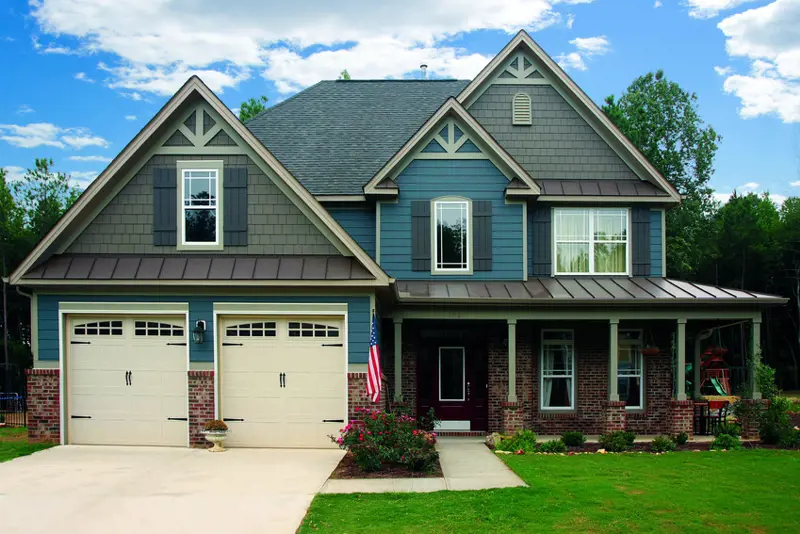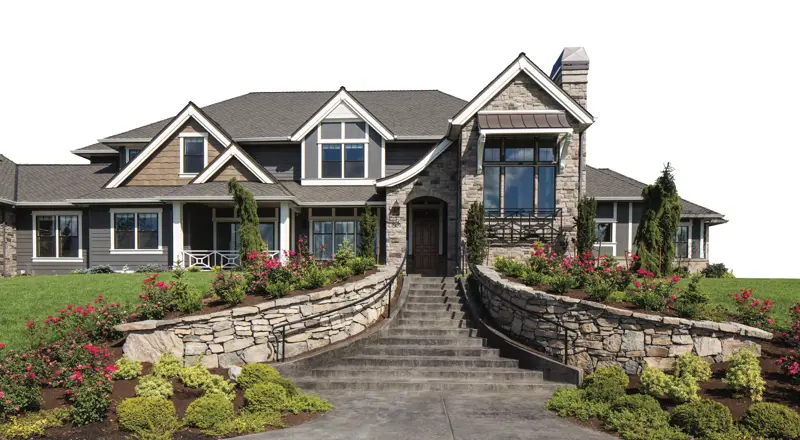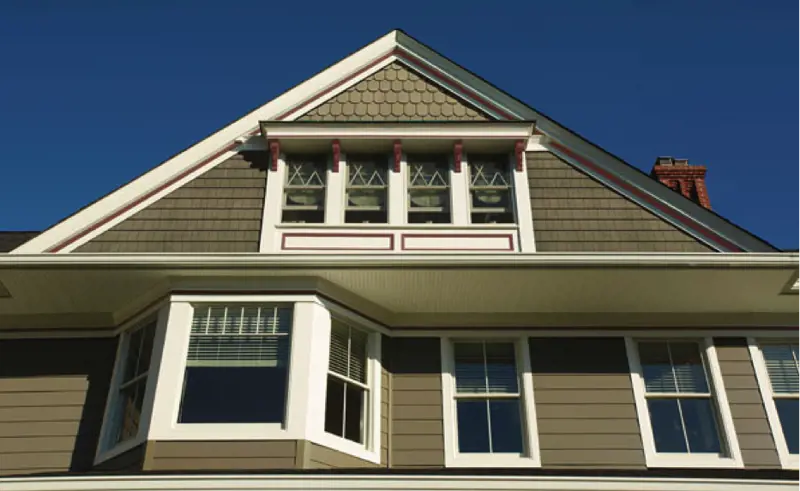
LP SmartSide Siding Review
What is LP SmartSide?
LP SmartSide is a collection of siding products manufactured by LP (Louisiana-Pacific Corporation). LP was founded in 1973 and is based in Nashville, Tennessee. They are the leading manufacturer of building and lumber products, offering alternatives to plywood and solid wood building products.
LP SmartSide products are very popular and they’re some of the most durable siding solutions available, especially compared to other wood siding products. LP uses its own SmartGuard® process to add a layer of protection to their engineered wood products. SmartGuard® protects against hail, wind, moisture, fungal decay, and termites. In this article, we'll touch on the below. Select to jump to a section:
- What is LP SmartSide siding made of?
- What kind of products does LP SmartSide make?
- LP Smartside Pros & Cons
- How much does LP SmartSide cost per square?
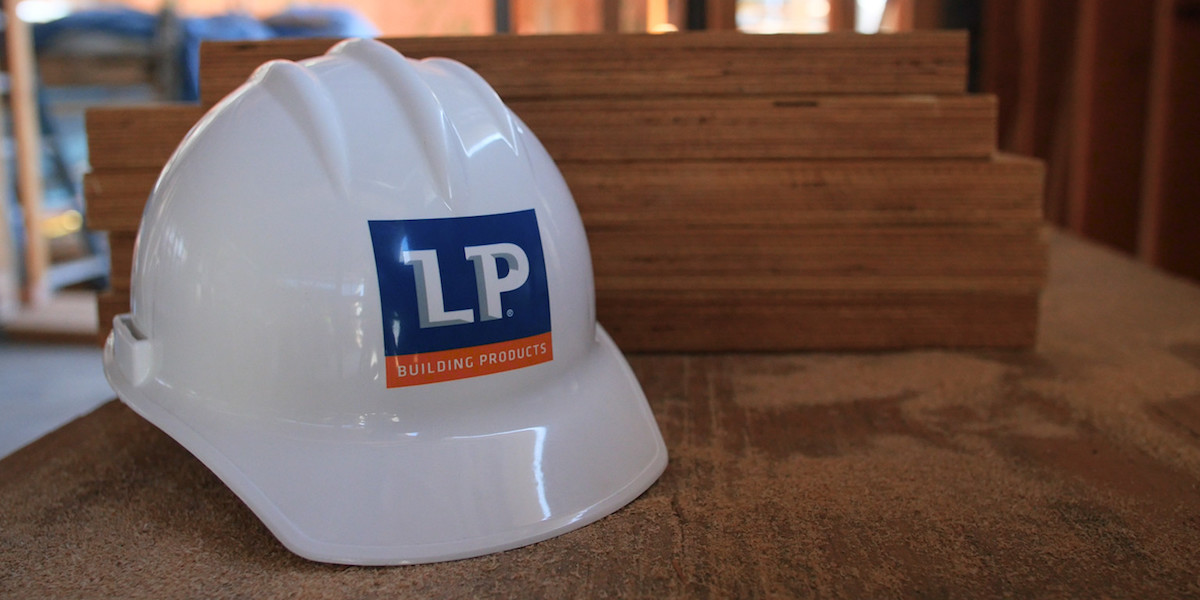

What is LP SmartSide siding made of?
LP SmartSide offers products from two types of engineered wood, Treated Engineered Wood Fiber Substrates or Treated Engineered Wood Strand Substrates. With each option logs of wood are cut down to strands or fiber and then coated with a mixture that makes them resistant to water, decay, and insects. The engineered wood is then cut into planks, panels, shakes, trim, and more.
We’ve quickly described LP’s process below.
Fiber substrates
The process for making fiber substrates begins with dry logs. The logs are then debarked leaving a smooth log that is then passed through a wood chipper. The pile of chips is then filtered through a chip screener and then the wood chips are washed and passed through chip digesters. The chips then go through refiners before they are treated with SmartGuard Technology. For wood fiber substrates SmartGuard technology includes a mixture of aluminum, wax, and resin.
The next step is forming the substrates (layers) from wood fiber. After the substrates are formed, an overlay is added and baked on. Once the substrate passes through humidifiers it is sorted, cut to size, and finished before it’s shipped out of the manufacturing facility.
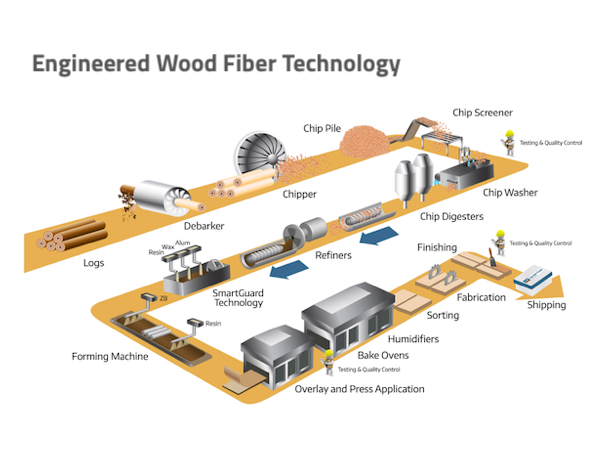
Wood strand substrates
Wood strand substrates begin with logs that are shuffled through a log pond. The logs then pass through a metal detector before they are debarked. Instead of going through a chipper like those used for fiber substrates, logs for wood strand substrates are processed through a strander. As the strands of wood come out they are sent to wet bins and then dried.
After the strands are dried they are passed through a screener and dry bins then they are treated with SmartGuard® mixture. SmartGuard® for wood strand stubstrates uses a mixture of zinc borate, resin, and wax. The mixture is blended with the strands and then the substrates are formed. After the substrate is formed and overlay is pressed on before they are cut, primed, and shipped out of the facility.
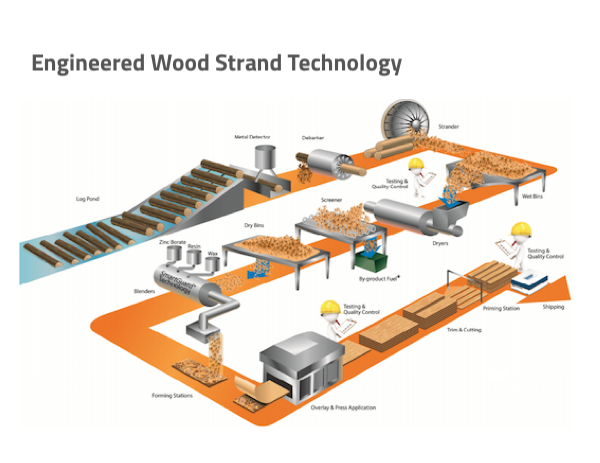
What kind of products does LP SmartSide make?
LP has a big portfolio of products available to homeowners and builders. We’re most familiar with LP’s Siding and Trim options but they also offer products used in framing, panels, and sheathing.
Some of their featured products include:
- LP SmartSide® Lap Siding
- LP SmartSide® Trim & Fascia
- LP SmartSide® Shingles & Shakes
- LP SmartSide® Panel & Vertical Siding
- LP SmartSide® Soffit
Get more details about LP SmartSide® on our LP product section.
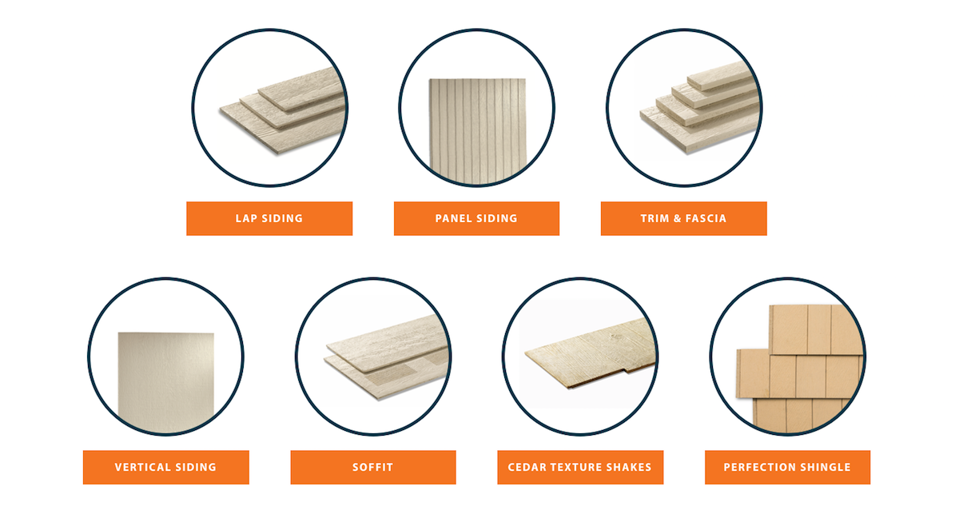
LP Smartside Pros & Cons
What are some of the benefits of LP SmartSide products?
- Engineered wood looks more like natural wood than vinyl or aluminum siding
- The cost for engineered wood siding is less than the cost of natural wood siding
- Engineered wood is more resistant to insects, mold, and mildew than natural wood
- LP SmartSide products are lightweight and easy to install
- LP SmartSide products are available in lengths up to 16 ft
- Has a 50-year limited warranty
What are some of the drawbacks of LP SmartSide products?
- LP Smartside products do offer fire resistance but it’s still a wood material which burns faster than other siding material options like stone
- Even engineered wood siding needs to be well maintained and regularly painted to keep it in good condition and prevent moisture from damaging the siding
How much does LP SmartSide cost per square?
LP Smartside is less expensive than natural wood siding and has greater long-term value. Although it still requires regular painting to keep it water resistant, engineered wood products are more durable and more affordable than natural wood products. The material and installation cost of LP SmartSide is typically about $1,000 per square (a square is about 100 sq. ft.).
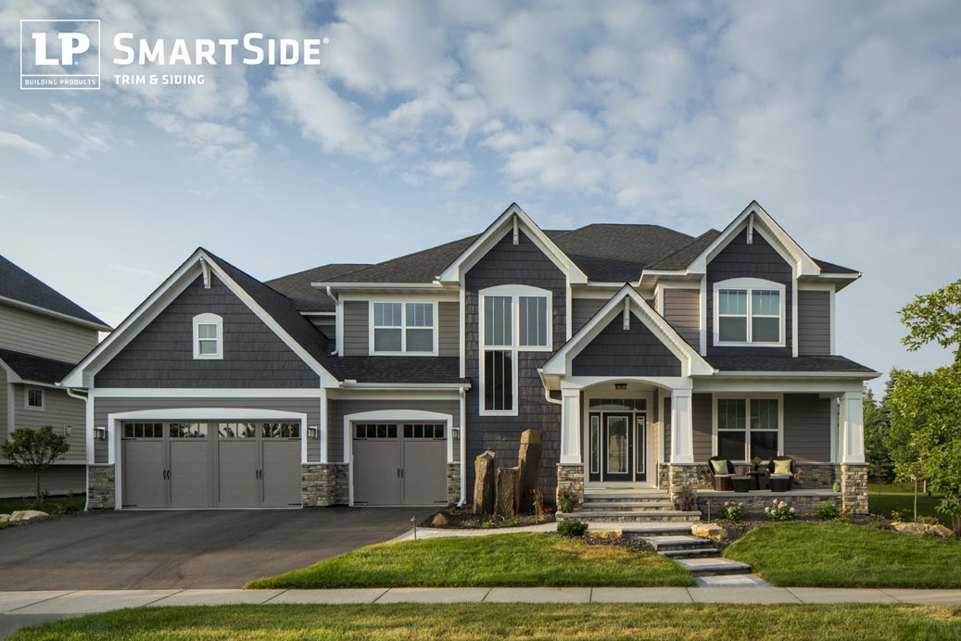

Oops!
We don't currently serve your area but do want to help you plan your project. Try our Build & Price tool to get an idea of window & door costs within DFW. Your area may be higher or lower but at least you'll have some idea of the price.
Thanks for stopping by.




